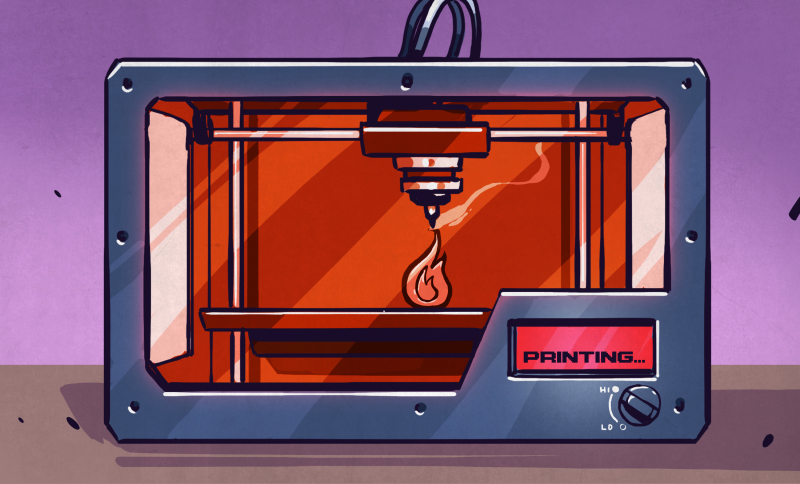
There is an impressive variety of thermoplastics that can be printed on consumer desktop 3D printers. Despite this, most often users turn to polylactide (PLA) filaments. It is not only the cheapest of the materials, but also the easiest to work with. It can be extruded as early as 180 ° C and good results can be obtained even without heating the table. The downside of PLA-printed objects is that they are relatively brittle and do not tolerate high temperatures well. For prototyping or printing lightweight components, PLA is great. However, many users quickly go beyond its capabilities.
The next step is usually polyethylene terephthalate (PETG). It is not much more difficult to work with than PLA, while it is more reliable and withstands higher temperatures. In general, it is better suited for creating mechanically stressed parts. But if you need to make even stronger and more heat resistant parts, you can switch to acrylonitrile butadiene styrene (ABS), polycarbonate (PC) or nylon. And here the problems begin. These materials are extruded at temperatures above 250 ° C and for best results, closed chambers are recommended. These printers are at the top of the budget range that hobbyists are willing to work with.
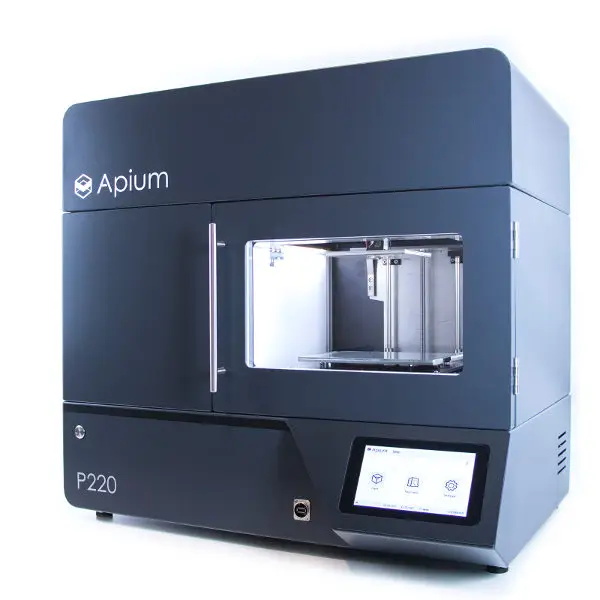
Industrial 3D printers like this, the Apium P220, start at around $ 30,000.
However, the most expensive industrial 3D printers can use even more durable plastics - polyetherimide (PEI) or something from the polyaryletherketone family (PAEK, PEEK, PEKK) ... Components made from these plastics are suitable for aerospace applications as they can replace metal while remaining much lighter.
Such plastics must be extruded at temperatures of the order of 400 ° C, and a sealed chamber is required for operation, the temperature in which constantly exceeds 100 ° C. The cheapest printers of this kind cost tens of thousands of dollars, and some models will even cost six figures.
Naturally, not so long ago, the same could be said about all 3D printers. Once only well-equipped research laboratories used such machines, but now they are on the workbenches of hackers and hobbyists around the world. It is difficult to predict whether the same race to reduce prices will begin in the case of high-temperature 3D printers, but the first steps to democratize the technology have already been taken.
Engineering difficulties
Simply put, the machine that supports these so-called. "Engineering plastics", you have to be a hybrid of a 3D printer and a stove. This, of course, is the main problem. The printer itself - the type and quality that we are used to seeing on our desks - will not survive in such conditions. For a consumer printer to produce PEI and PEEK plastic parts, it needs to be seriously recycled. That's what came in from NASA LulzBot TAZ 4 in 2016.

LulzBot TAZ 4, redesigned to support high temperature printing
First, an insulated body had to be designed to fit the TAZ 4, and a set of 35W infrared lamps for heating had to be installed. Under such conditions, the electronics of the printer would naturally overheat - so they had to take it outside.
Stepper motors would overheat too. But instead of carrying them out, a team at Langley Research Center decided to make cooling shrouds on each of the motors through which compressed air would circulate.
Like many desktop 3D printers , the TAZ 4 uses multiple printed components. Since they are made of ABS, they would quickly collapse in a chamber designed to support PEEK. They were printed from PC, but even this material was not durable enough for constant use. In the classic RepRap tradition, the team printed the last, third set of components on the most modified printer, from PEI plastic, commercially named Ultem.
Surprisingly, the team had little trouble replacing the printer nozzle with another one capable of extruding plastic at 400 ° C. The popular E3D-v6 extruder costs less than $ 100 and has proven capable of maintaining that temperature. True, the team had to replace the thermistor with a better one, as well as modify the Marlin firmware to allow it to reach high temperatures. With conventional printers, too high a temperature should trigger a shutdown.

Results of printing from Ultem 1010 plastic on a recycled LulzBot TAZ 4.
In the end, a NASA report indicated that the LulzBot TAZ 4 rework was completely successful. They noted that the attempt to print the PEI with the infrared lamps turned off failed - the model was delaminated and warped, which is to be expected. They did not indicate the cost of the rework, however, given that at that time TAZ 4 cost $ 2,200, the entire project could cost 10 times cheaper than similar commercial proposals.
Starting from scratch
NASA's experiment showed that an existing desktop 3D printer can be converted for printing with high-temperature engineering plastics, and quite inexpensively. But hardly anyone believes that this approach is the ideal solution. There are too many repetitive operations involved, and NASA engineers had to abandon some of the decisions made by the LulzBot developers. Still, the experiment provided a valuable baseline for other projects being built from scratch.
In September 2020, a team from Michigan Technological University showcased CerberusIs an open source high temperature 3D printer capable of creating items from PEI and PEKK, which costs only $ 1000 to assemble. Without trying to adapt existing designs, the team started development from scratch, aiming for high temperature printing. All electronics are housed separately from the sealed chamber using a kilowatt heating element that quickly raises the chamber temperature to operating temperature.
All stepper motors are also out of the camera. Because of this, the kinematics becomes more complex than in desktop 3D printers, but Cerberus no longer requires a special cooling system for motors.
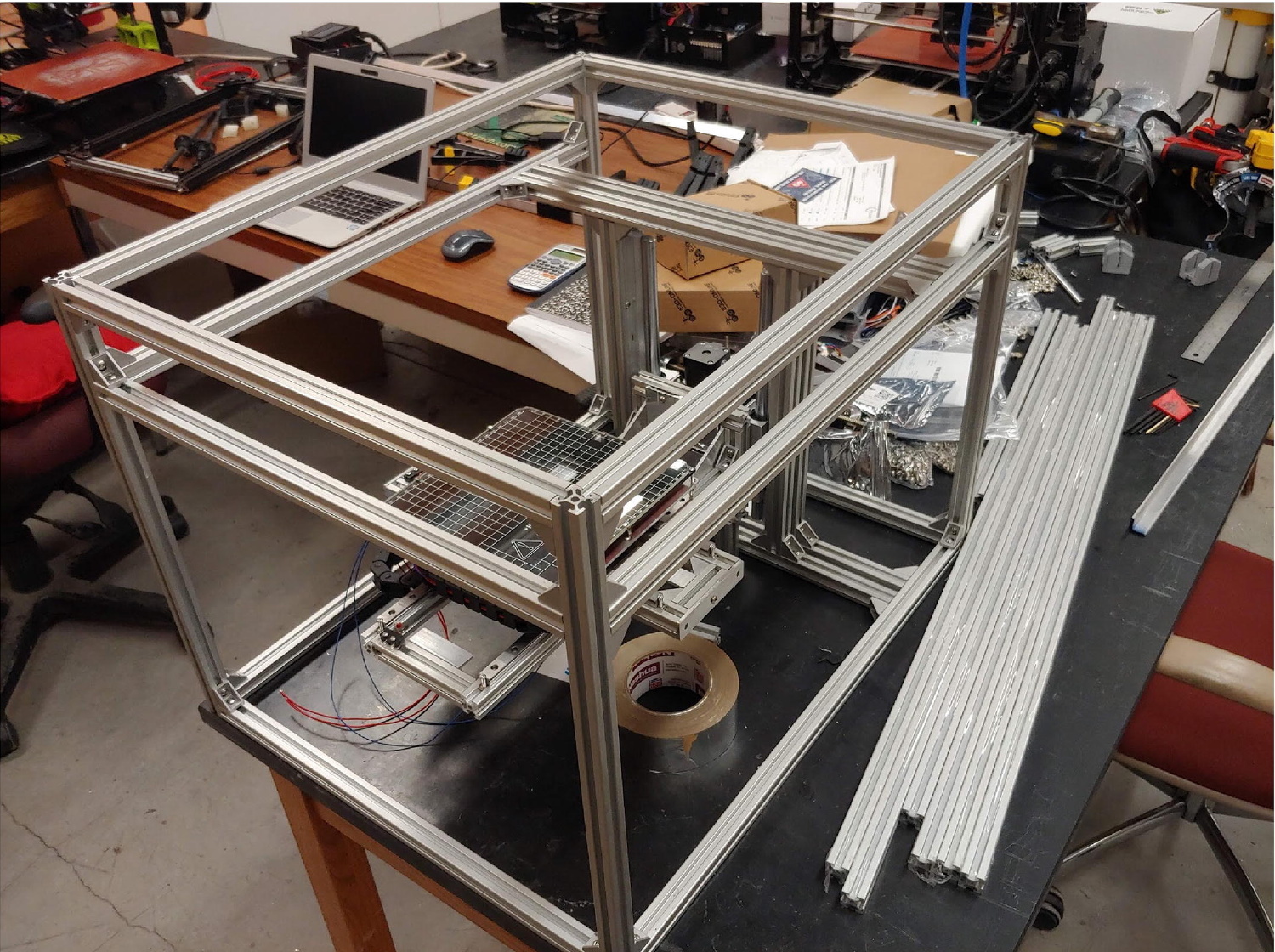
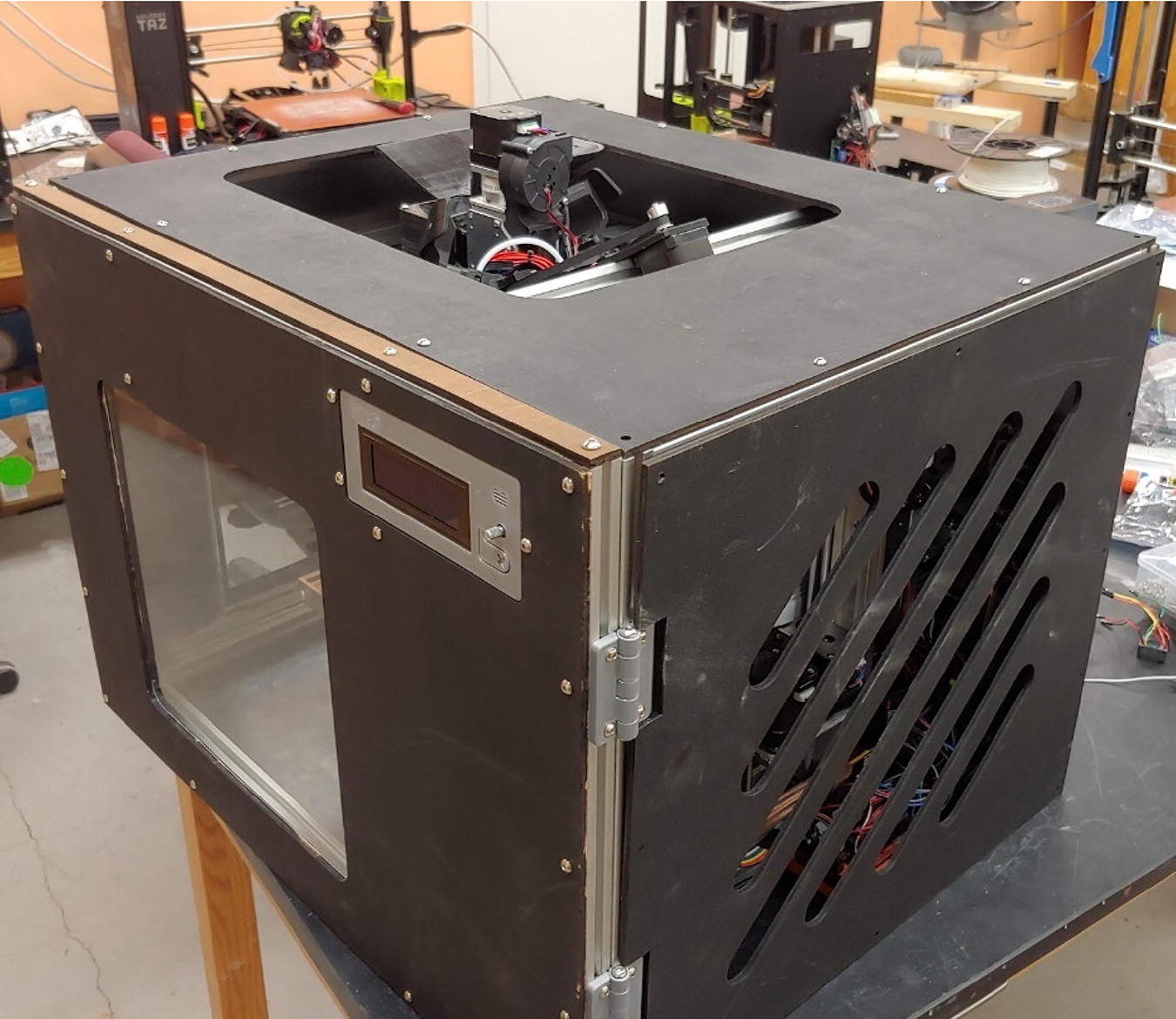
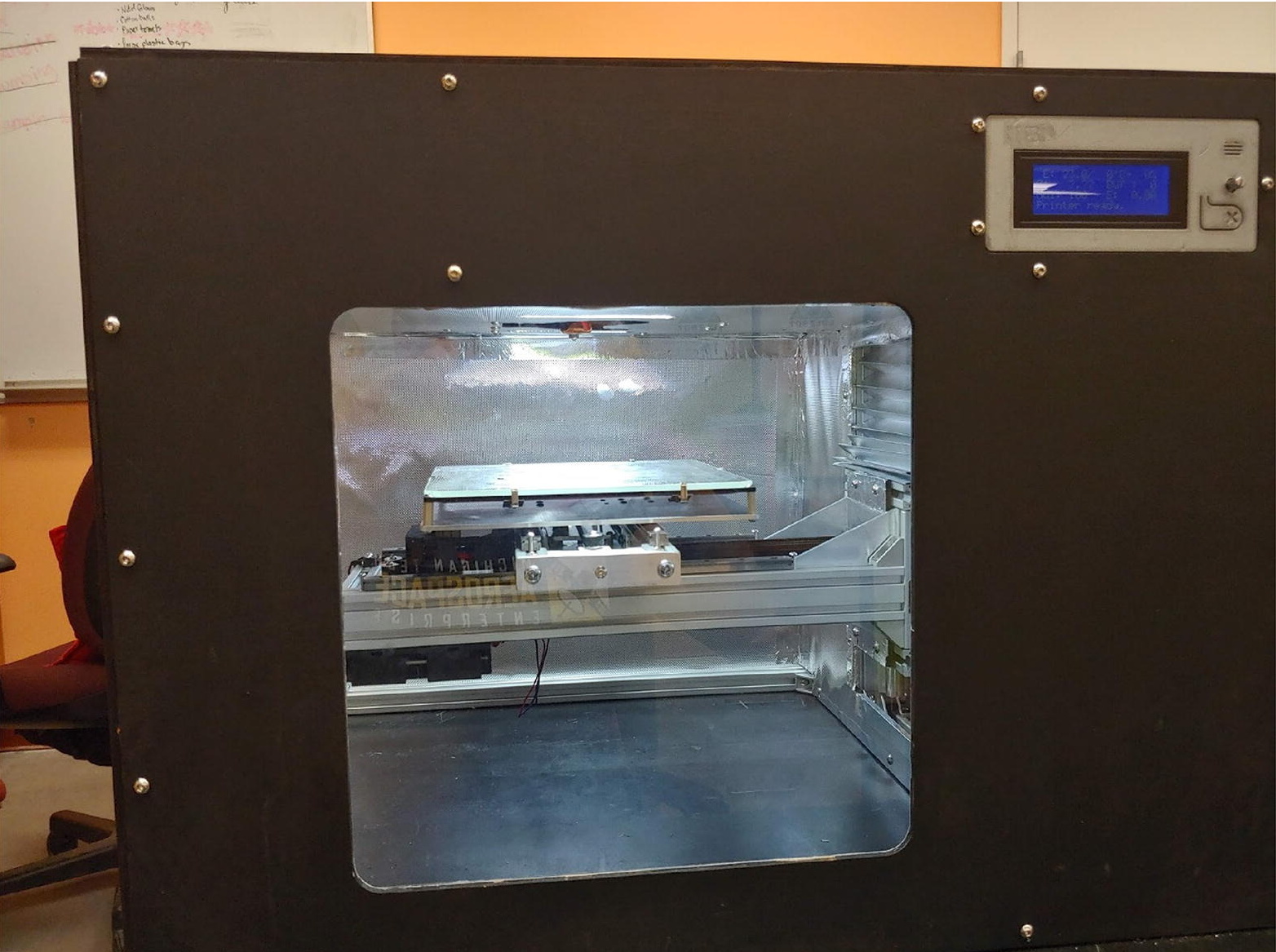
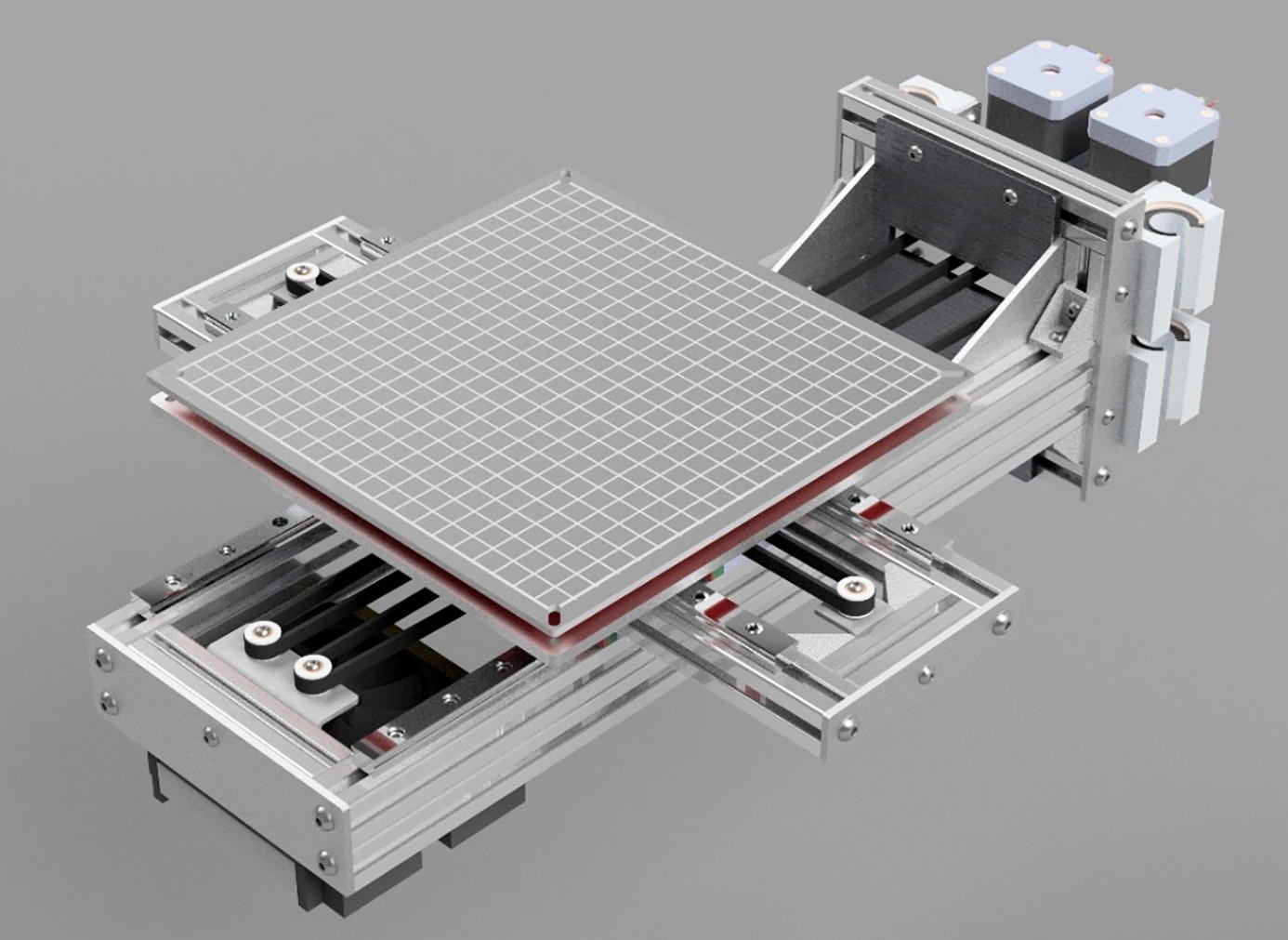
Building Cerberus is quite affordable for the ambitious hobbyist. It has a simplified circuitry, ready-made control electronics based on Arduino Mega 2560 and RAMPS 1.4, and the same E3D-v6 extruder as TAZ 4. In addition, the team has laid out clear and detailed instructions for assembling the printer - this is not the case in NASA's report meet.
Expanding opportunities
Whether it's a rework of NASA's TAZ 4, or new designs like Cerberus, it's clear that the technical capabilities of PEI and PEEK printing in the home workshop are already available to those who desperately need them. While it's not as easy as buying a $ 200 3D printer from Amazon, however, if demand arises, there will be cheaper machines on the market based on the same principles. The situation is not much different from the current wave of affordable laser cutters entering the markets in the past few years.
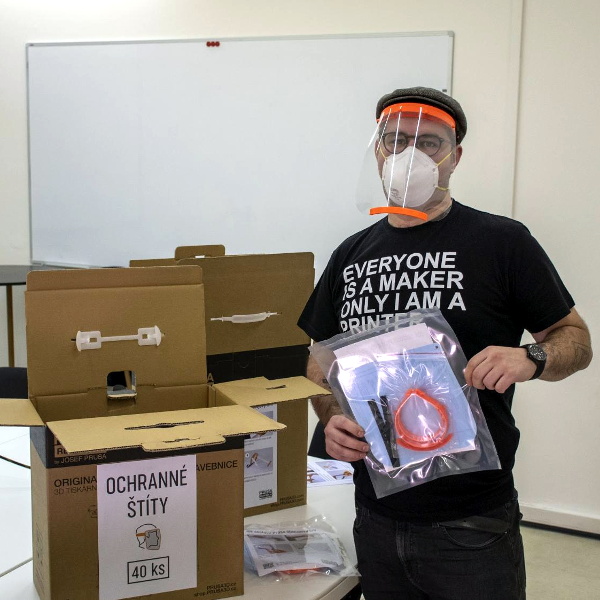
Fans from all over the world print PPE
Is there a demand for such machines? A year ago, the answer might have been different from today. But in the fight against the coronavirus pandemic, there is a new demand for the rapid manufacture of personal protective equipment (PPE) that no one could have foreseen.
As described in the Cerberus paper, the team became passionate about developing an affordable high-temperature 3D printer precisely because it can be used to print PPE that can be sterilized by high temperatures. The team believes that masks printed from PEKK can be reused rather than thrown away.
Components that can be printed and sterilized multiple times will obviously have other potential medical applications. A portable, low-cost machine capable of producing such components has the potential to save lives in places on the planet where quick access to supplies and equipment is not possible.
Critics of 3D printing have often said that the main drawback of these machines is that the reliability of the items they make rarely allows them to be used for anything other than crude prototyping. But when a $ 1,000 printer starts to produce aerospace-grade components, we seem to be heading for a manufacturing revolution at an unprecedented pace.